Table of Contents
- What Is Shabazi Spice? (Simple Explanation)
- Shabazi Ingredients Explained for Beginners
- What Does Shabazi Spice Taste Like?
- How to Use Shabazi Spice: 5 Simple Techniques
- 5 Easy Shabazi Recipes Anyone Can Make
- How to Store Shabazi Spice Properly
- Shabazi Spice Substitute When You're Out
- FAQ: Common Questions Answered
What Is Shabazi Spice? (Simple Explanation)
Shabazi spice is a traditional Yemenite blend featuring cumin, coriander, turmeric, fenugreek, and black pepper. Home cooks use it to add authentic Middle Eastern flavor to eggs, roasted vegetables, hummus, and stews. Unlike generic curry powder, shabazi delivers a balanced combination of earthy, citrusy, and slightly sweet notes without overwhelming heat—making it perfect for everyday cooking.
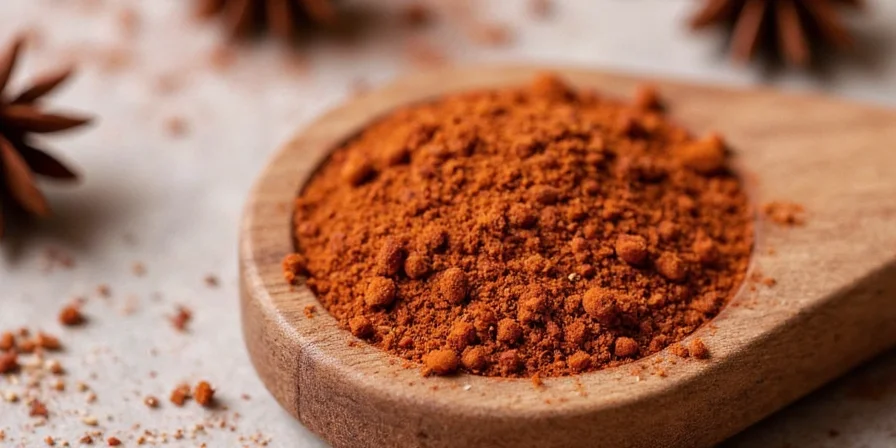
Shabazi Ingredients Explained for Beginners
Understanding what's in shabazi helps you use it effectively. Here's what makes this blend special:
| Ingredient | What It Contributes | Taste Profile |
|---|---|---|
| Cumin | Foundation of the blend | Earthy, warm, slightly nutty |
| Coriander | Lightens heavier spices | Citrusy, fresh, slightly sweet |
| Turmeric | Color and mild complexity | Subtly peppery, golden color |
| Fenugreek | Signature sweet undertone | Slightly maple-like, distinctive |
| Black Pepper | Warming finish | Mild heat, not fiery |
What Does Shabazi Spice Taste Like?
Shabazi offers a complex but balanced flavor: earthy cumin and turmeric form the base, bright coriander lifts the blend, and fenugreek adds a subtle sweetness that distinguishes it from other Middle Eastern spice mixes. Unlike harissa or berbere, it's not spicy-hot—black pepper provides only mild warmth. When added to dishes, it creates that authentic Yemenite restaurant flavor you've been trying to recreate at home.
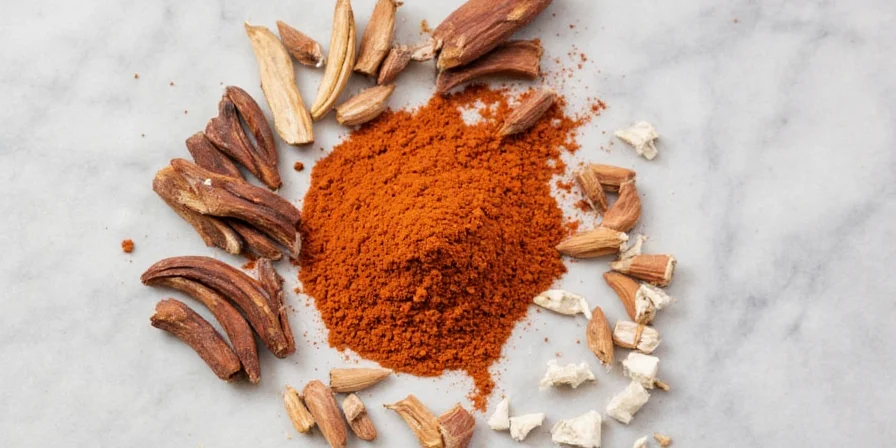
How to Use Shabazi Spice: 5 Simple Techniques
- For eggs: Sprinkle ¼ teaspoon into scrambled eggs during the last minute of cooking
- With roasted vegetables: Toss veggies with 1 tablespoon oil, then ½ teaspoon shabazi before roasting
- In hummus: Mix ½ teaspoon into store-bought hummus with lemon juice for instant upgrade
- On proteins: Rub 1 teaspoon onto chicken or fish before cooking (no marinating needed)
- With grains: Stir ½ teaspoon into cooked rice or quinoa for flavorful side dishes
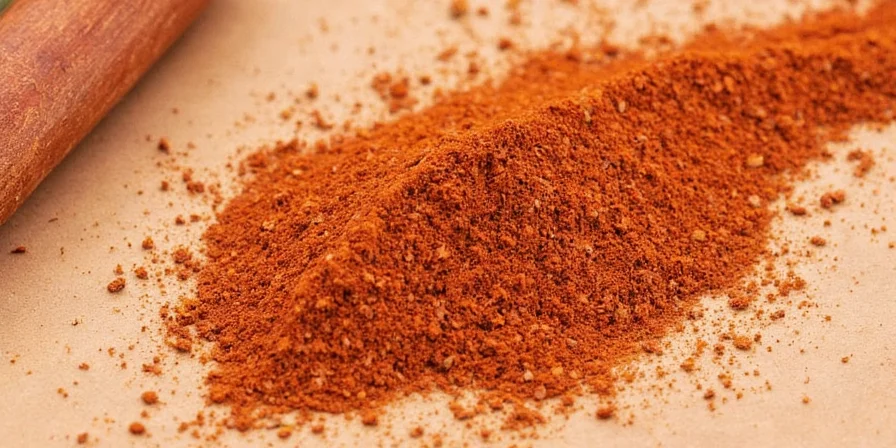
5 Easy Shabazi Recipes Anyone Can Make
- 5-Minute Shabazi Hummus: Mix 1 can chickpeas, 2 tbsp tahini, 1 lemon (juiced), ½ tsp shabazi, and 2 tbsp olive oil in food processor
- Shabazi Roasted Carrots: Toss 1 lb carrots with 1 tbsp oil and 1 tsp shabazi; roast at 400°F for 25 minutes
- Simple Shabazi Scrambled Eggs: Whisk 3 eggs with ¼ tsp shabazi and salt; cook slowly over medium-low heat
- Instant Shabazi Tomato Sauce: Add ½ tsp shabazi to 1 jar marinara while simmering for 10 minutes
- Shabazi Chickpea Salad: Mix 1 can chickpeas, ½ cucumber, ¼ red onion, 1 tbsp parsley, 1 tbsp lemon juice, and ½ tsp shabazi
How to Store Shabazi Spice Properly
Keep your shabazi fresh and flavorful with these simple storage tips:
- Store in an airtight container away from heat and sunlight
- Use within 6 months for best flavor (older blends lose potency)
- Freeze in small portions with oil for ready-to-use cooking cubes
- Test freshness by rubbing a pinch between fingers—if no aroma, replace

Shabazi Spice Substitute When You're Out
Don't have shabazi? Make your own quick substitute:
- Mix 1 tsp cumin + 1 tsp coriander + ½ tsp turmeric + ¼ tsp fenugreek + ¼ tsp black pepper
- No fenugreek? Use ¼ tsp maple syrup in liquid-based recipes to mimic the sweet note
- For quicker version: Use equal parts za'atar and curry powder (not identical but works in a pinch)
FAQ: Common Questions Answered
Q: Where can I buy shabazi spice?A: Find it at Middle Eastern grocery stores, select supermarkets (like Trader Joe's), or online retailers. Look for "Yemenite spice blend" if labeled differently.
Q: Is shabazi the same as hawaij?A: No—hawaij is Yemenite coffee spice (for coffee) while shabazi is for food. They share some ingredients but serve different purposes.
Q: How much shabazi should I use?A: Start with ¼-½ teaspoon per serving. It's potent but not spicy—taste as you go and adjust to preference.
Q: Can I use shabazi in baking?A: Yes! Try ¼ teaspoon in savory muffins, breads, or even chocolate desserts for surprising depth (fenugreek pairs well with cocoa).
Q: Does shabazi contain salt?A: Traditional blends don't include salt—this keeps it versatile for different recipes. Always check your specific brand's ingredients.
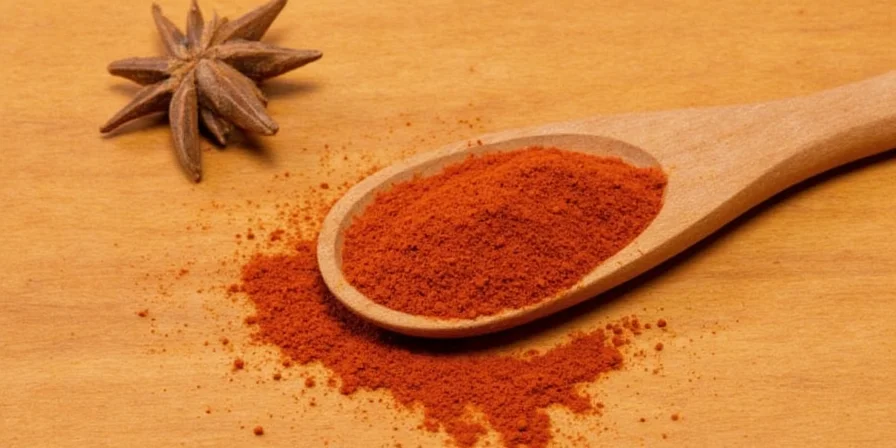
Final Tips for Shabazi Success
Shabazi transforms ordinary weeknight meals into restaurant-quality dishes with just one simple addition. Start with the basic scrambled eggs technique, then experiment with the hummus and roasted vegetable methods. Unlike complex spice blends that require precise measurements, shabazi is forgiving—taste as you go and adjust to your preference. Keep a small container in your pantry for instant flavor boosts to nearly any savory dish.
Within days of using shabazi regularly, you'll recognize its distinctive flavor profile and discover new ways to incorporate it into your cooking routine. This versatile Yemenite spice blend earns its place as a kitchen staple through simplicity and consistent results.

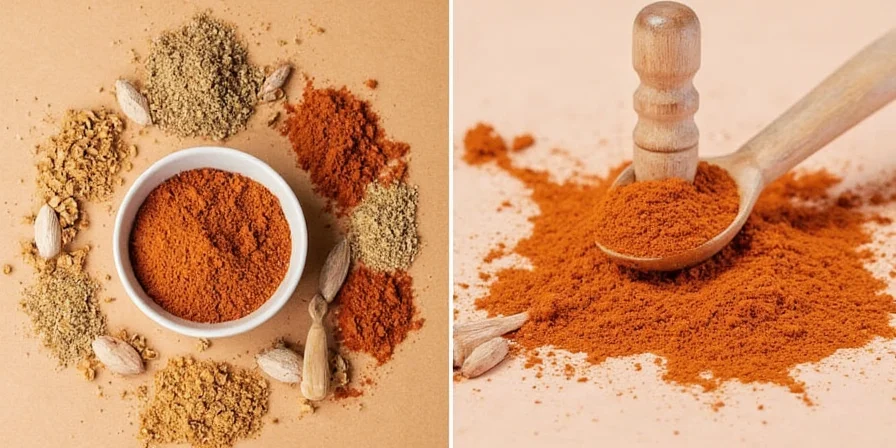









 浙公网安备
33010002000092号
浙公网安备
33010002000092号 浙B2-20120091-4
浙B2-20120091-4